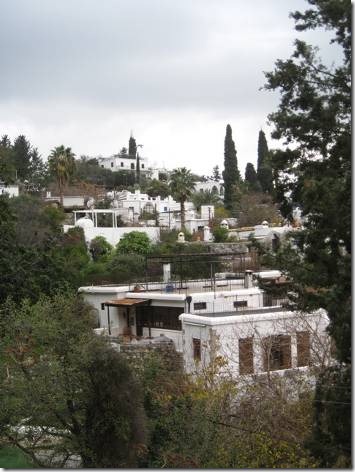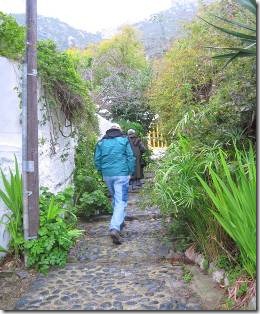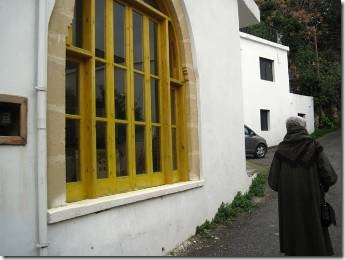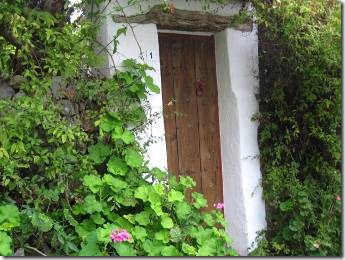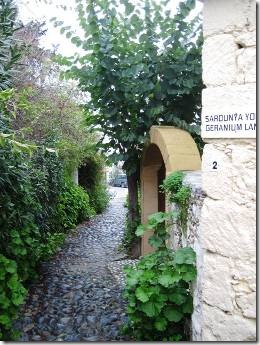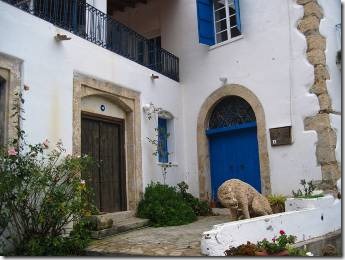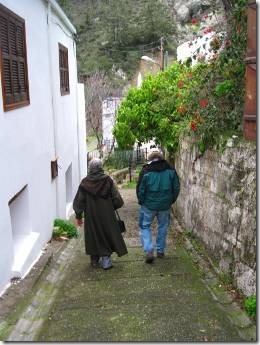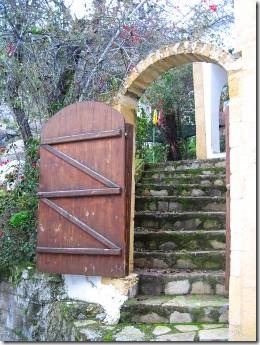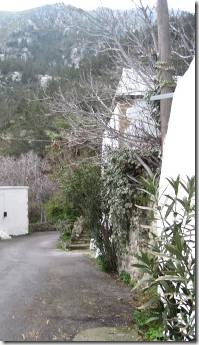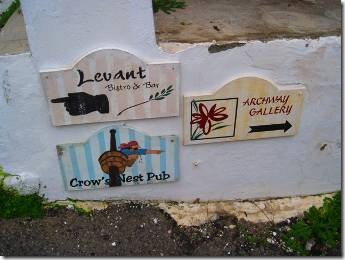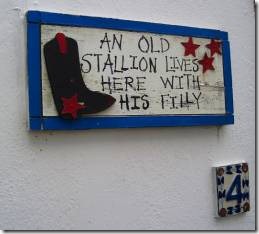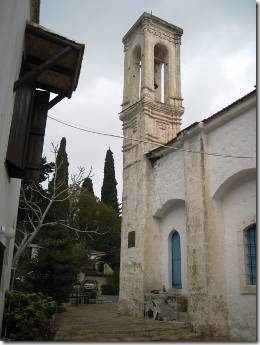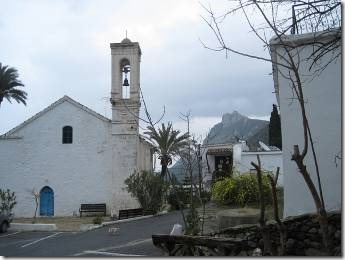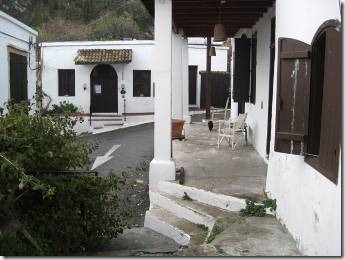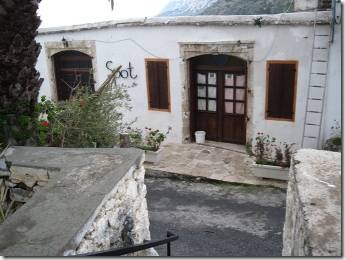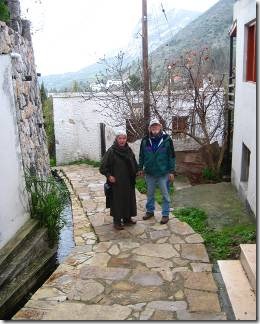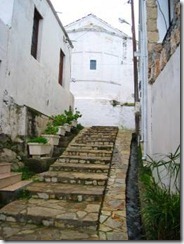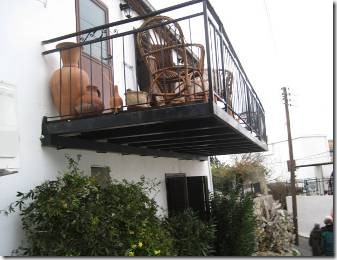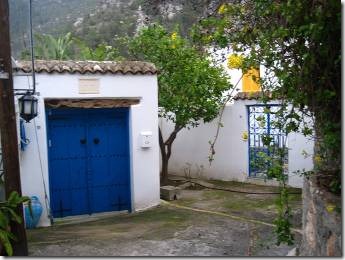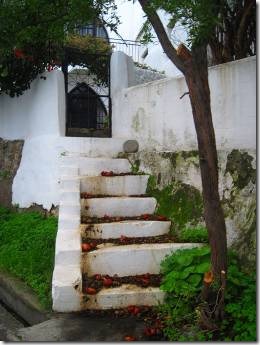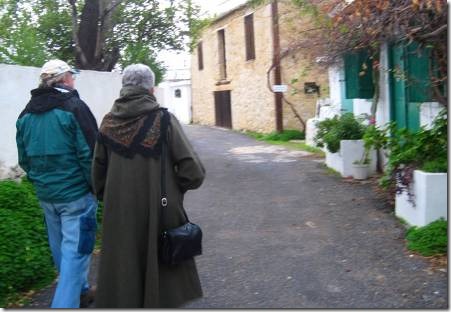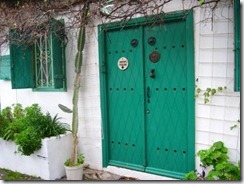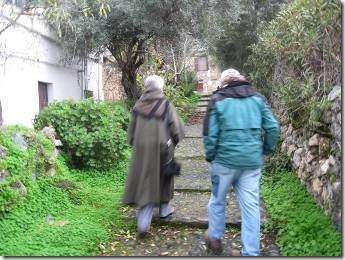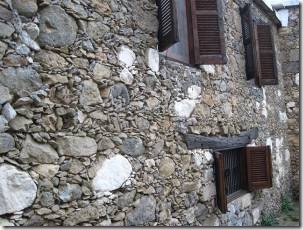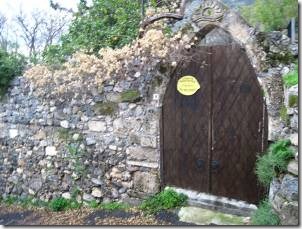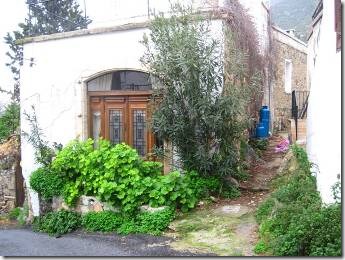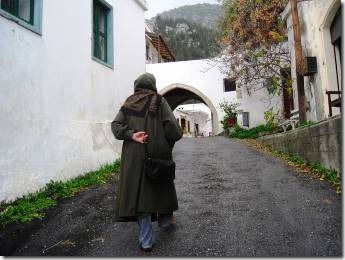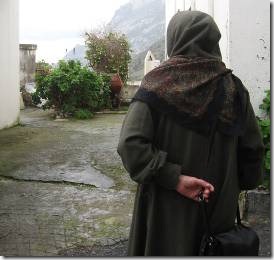When we set off with Heidi for Karaman, Randal and I knew nothing about the place. We visited on a damp, chilly, gray January day, but with Heidi as our guide Randal and I really enjoyed our walk around the hill town. I’ve included links to information about Karaman and hope one day to see the book Karmi to Karaman, A photographic history of a Northern Cyprus Village from the 1970’s to the present day, compiled by Jean Clark and Corinna Phillips which shows the transformation of the village of semi-derelict houses into the beautiful village we visited. I think Karmi was the former Greek name and Karaman the new Turkish name which is a common phenomenon here in North Cyprus.
http://www.heiditrautmann.com/category.aspx?CID=4584151482 written by Heidi
“There is a lot of enthusiasm necessary to renovate or rather build up from scratch the ruined houses but there existed plenty of it and this effort and the problems the new tenants were going through were the cement that brought and kept them together.” ……
http://thecoppertrilogy.com/2011/06/13/karmi-to-karaman-book-review/ talks about the book Karmi to Karaman
“It was a Greek Cypriot village before 1974, occupied by EOKA members and sympathizers. (The people who wanted Cyprus to become part of Greece.) It was abandoned with the arrival of the Turkish army to protect the enclaved Turkish Cypriots from the murderous EOKA gangs. This is a different view from the pro-Greek EU version, but valid nevertheless. The book itself is quite balanced and describes how it became a community again.
The first chapter describes how a Turkish Cypriot, Mustafa Cemal (pronounced Jemal), Director of Tourism in the 1970’s, became fascinated by the shabby, deteriorating village, and worked for years to convince the government that it had an asset that ex-patriots would love to leasehold purchase and restore.”
“Karaman (Karmi) is one of the loveliest Cypriot villages with whitewashed houses built on the hillside.”
DK Eyewitness Travel Cyprus
“Karaman, the Muslim librarian who braved enemy shelling to rescue the hagaddah.”
People of the Book by Geraldine Brooks: Questions http://www.wordnik.com/words/Karaman
While looking for the meaning of the word Karaman I found this reference to The People of the Book which I had read. Perhaps the character has the name from a connection to the Turkish town of Karaman.
http://www.karaman.bel.tr/karaman/ing-tarih.aspx is the link to the town of Karaman in Turkey. “The town owes its name to Karaman Bey who was one of the rulers of the Karamanids (Karamanoğlu). The former name comes from the Greek Laranda which in turn comes from the Luwian language Larawanda, literally "sandy, a sandy place".”
And finally what it might really be like to live in Karaman……
http://www.northcyprus.co.uk/karaman-village/ Though extremely attractive to look at, and to walk around in springtime, when garden flowers are emerging and there is an abundance of colour, the village suffers with the cold and damp in winter as the sun barely comes above the mountains and in summer it is unbearably hot when the stones upon which is built act like a night storage heater absorbing the heat during the day and releasing it long into the night.
Now the pictures that are worth all of those words…….
The whitewashed hill town where the beauty is in the narrow walkways and stone houses.
Photos of our walk through town…..
Most shops and businesses close for the winter……Randal made me take the boot photo….
The Greek church that has been protected and has become a museum of sorts for icons taken from abandoned churches. Nadia Brunton, a Belgian woman who had come to live in Karaman was a leader in the protection of the church. It was not open during our visit and most homes seemed to be closed for the winter.
Some of the narrow streets with the whitewashed stone houses reminded me of walking around the monasteries in Tibet.
The home that was Nadia Brunton’s until her death but still with her name.
The yellow sign says there is a freehold lease available on the property.
From Karaman we went to visit Green Heights Park, a lovely botanical garden/resort/restaurant just down the hill from Villa Manzara and the next day the hill village of Ilgaz and Club Ilgaz for coffee. But those stories will have to wait for the next email.

